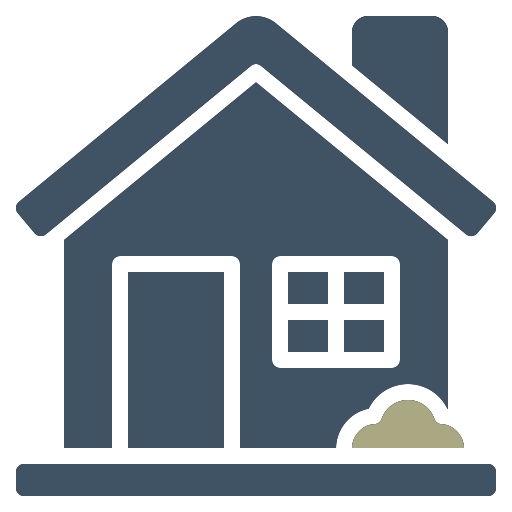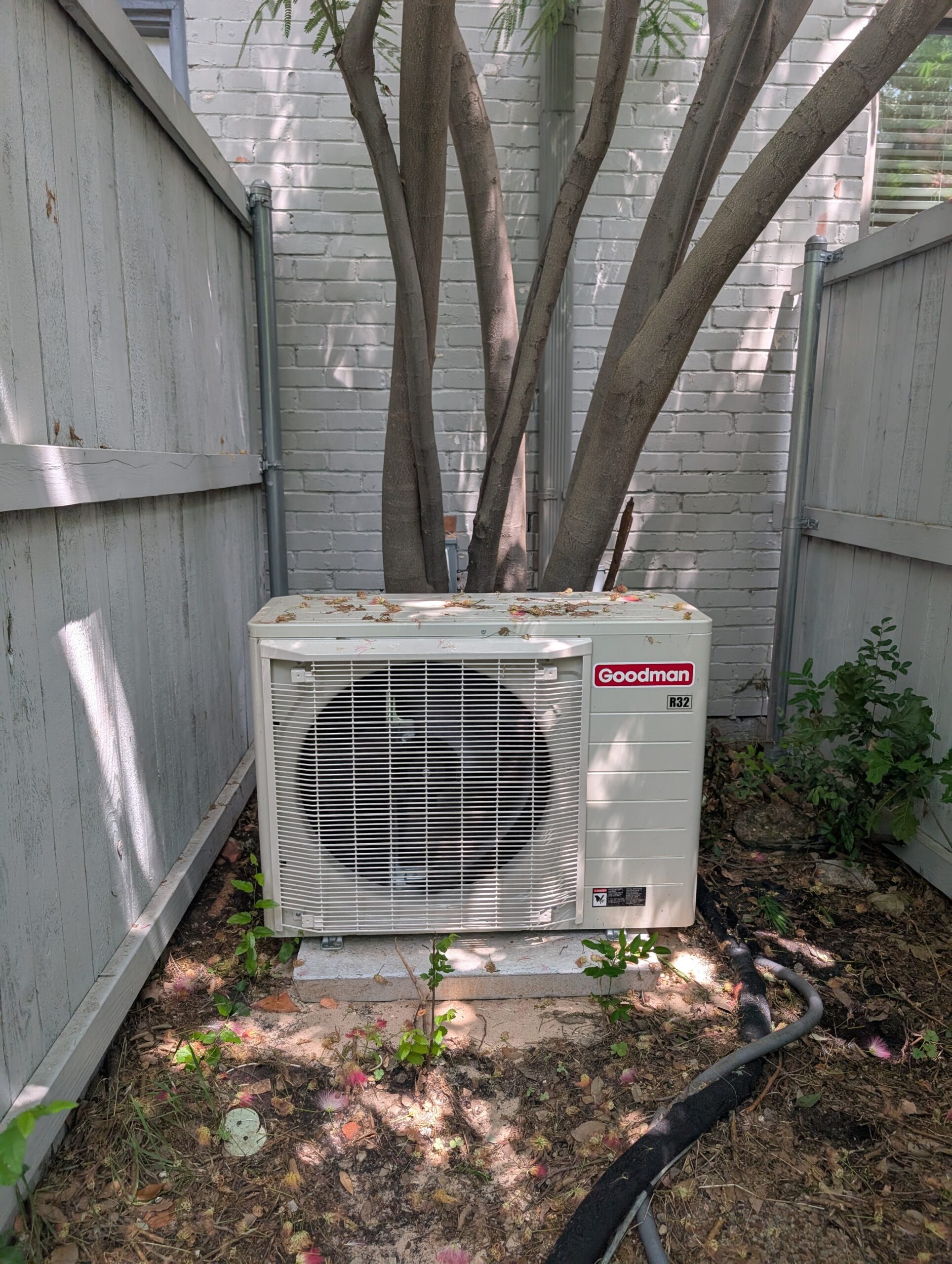For growing families in the Dallas-Fort Worth area, a comfortable and healthy home is a top priority. From keeping everyone cozy during Texas winters to ensuring cool relief during scorching summers, a properly functioning HVAC system is essential. But behind the scenes of your heating and cooling lies a crucial factor many homeowners (and even some within the industry) are unaware of: static pressure. Truficient Energy Solutions, serving the Dallas-Fort Worth area including Richardson, TX understands the importance of this often-overlooked aspect of HVAC performance, and we want to shed light on its impact on your family’s comfort and well-being.
What is Static Pressure?
Imagine air flowing through your home’s ductwork like water through a pipe. Static pressure is analogous to the water pressure within that pipe. It’s the resistance to airflow caused by the ductwork itself, including:
- Duct length: Longer duct runs create more resistance.
- Duct size: Smaller ducts restrict airflow, increasing static pressure.
- Duct material: Flexible duct (flex duct) creates more friction than smooth metal duct (hard duct).
- Turns and bends: Each bend in the ductwork adds resistance.
- Filters and grilles: These components also contribute to static pressure.
Unlike water pressure, which pushes outward, static pressure in HVAC systems is measured as a negative pressure (inches of water column, or “in. w.c.”). This negative pressure indicates the “pull” the blower motor exerts to draw air through the system.
How Static Pressure Impacts Your Home’s Comfort and Efficiency
Static pressure directly affects the amount of air your HVAC system can deliver. If the static pressure is too high, it restricts airflow, leading to several problems:
- Reduced airflow: Less air means less heating or cooling, leading to uneven temperatures throughout your home—a common pain point for growing families with varying temperature preferences, especially in multi-story homes. Imagine a baby’s room not getting enough warm air in winter or a teenager’s room not getting enough cool air in summer.
- Decreased efficiency: Your system has to work harder to move less air, consuming more energy and increasing your utility bills. This can significantly impact a family’s budget.
- Increased noise: A struggling blower motor often produces more noise, disrupting sleep and creating a less peaceful environment, especially for young children.
- System strain and reduced lifespan: Excessive static pressure puts undue stress on the blower motor, potentially leading to premature failure and costly repairs. This can be a major inconvenience for busy families who rely on a dependable HVAC system.
- Poor indoor air quality: Reduced airflow can hinder the effectiveness of air filters, allowing more allergens, dust, and pollutants to circulate throughout your home, posing a health risk, especially for children with allergies or asthma.
- Frozen Coils (in cooling mode): Reduced airflow due to high static pressure can cause the evaporator coil (the indoor part of your AC) to freeze. This happens because the refrigerant gets too cold without sufficient airflow to warm it up. A frozen coil stops cooling altogether and can lead to water damage as it thaws.
- Overheating (in heating mode): Conversely, in heating mode (with a furnace or heat pump), restricted airflow can cause the heat exchanger to overheat. This can lead to premature failure of the heat exchanger, a costly repair, and in some cases, can even pose a safety hazard.
- Short Cycling: High static pressure can trick the thermostat into thinking the desired temperature has been reached prematurely. This results in the system turning on and off frequently (short cycling), which is inefficient, uncomfortable, and puts extra wear and tear on the equipment.
- Difficulty Balancing the System: If some rooms are consistently hotter or colder than others, even after adjusting vents, high static pressure can make it nearly impossible to balance the airflow effectively. This exacerbates comfort issues and can lead to ongoing frustration for homeowners.
- Reduced Dehumidification (in cooling mode): Air conditioners remove humidity from the air as they cool. With reduced airflow due to high static pressure, the system’s ability to dehumidify is also diminished. This can lead to a muggy, uncomfortable feeling in the home, even if the temperature is relatively cool.
- Duct Leakage Exacerbation: While duct leakage is a separate issue, high static pressure can worsen its effects. The increased pressure within the ductwork forces more air out of any existing leaks, leading to greater energy loss and further reduced efficiency.
Flex Duct vs. Hard Duct: The Static Pressure Story
The type of ductwork used in your home plays a significant role in static pressure and, consequently, the efficiency and comfort of your HVAC system. There are several common types, each with its own characteristics:
- Flex Duct: This flexible, often insulated ductwork is made of a wire helix covered by a plastic inner liner and an outer layer of insulation and vapor barrier.
- Pros: Easier and faster to install, especially in tight spaces or around obstacles. Less expensive than hard duct in terms of materials.
- Cons: Creates significantly more friction than hard duct due to its corrugated interior surface. This higher friction translates to higher static pressure and reduced airflow. Prone to kinking, sagging, and compression if not properly installed, further restricting airflow. More susceptible to damage (tears, punctures) than hard duct. Can be difficult to clean effectively.
- Static Pressure Impact: High. Excessive use or improper installation of flex duct can severely restrict airflow and significantly reduce system efficiency.
- Best Use Cases: Short runs connecting supply registers or return grilles to the main ductwork. Should be kept as straight and short as possible.
- Hard Duct (Sheet Metal): This rigid ductwork is typically made of galvanized steel or aluminum. It comes in round and rectangular (square/rectangular) shapes.
- Pros: Offers the smoothest airflow and lowest static pressure of all duct types. Durable and long-lasting. Easy to clean and maintain. Less prone to leaks when properly sealed.
- Cons: More complex and time-consuming to install, requiring precise measurements and fabrication. More expensive than flex duct in terms of materials and labor. Less adaptable to complex layouts or tight spaces.
- Static Pressure Impact: Low. Provides optimal airflow and system efficiency.
- Best Use Cases: Main duct runs, trunk lines, and any long stretches of ductwork. Ideal for maximizing airflow and minimizing energy loss.
- Square/Rectangular Duct (Duct Board): This type of ductwork is constructed from rigid fiberglass insulation board, which is then cut, folded, and taped to create the desired shape.
- Pros: Offers good thermal and acoustic insulation. Relatively lightweight and easier to handle than sheet metal. Can be fabricated on-site, allowing for some flexibility in design.
- Cons: More susceptible to damage (dents, punctures) than sheet metal. The interior surface, while relatively smooth, still creates more friction than metal duct. Not suitable for applications where it may be exposed to moisture or physical abuse. Can shed fiberglass particles if the inner lining is damaged.
- Static Pressure Impact: Moderate. Offers better airflow than flex duct but higher static pressure than smooth metal duct.
- Best Use Cases: Short to medium runs in residential applications, particularly where noise reduction is a concern.
- Square/Rectangular Duct (Sheet Metal): Similar to round hard duct, but fabricated into rectangular or square shapes.
- Pros: Similar benefits to round hard duct: smooth airflow, low static pressure, durability, and ease of cleaning. Often used in commercial applications where space constraints require rectangular shapes.
- Cons: Similar installation challenges to round hard duct: requires precise measurements and fabrication, and can be more complex to install than flex or duct board.
- Static Pressure Impact: Low. Provides excellent airflow characteristics.
- Best Use Cases: Main duct runs, especially in commercial settings or where space limitations dictate rectangular shapes.
For optimal performance, especially in larger homes or complex systems, a combination of duct types is often the best approach. Using hard duct (round or rectangular metal) for main runs and strategically using short, straight runs of flex duct for final connections to registers and grilles can balance cost-effectiveness with performance. Duct board can be a good option for shorter runs where insulation and noise reduction are important factors. However, it’s crucial to avoid excessive use of flex duct and ensure proper installation of all duct types to minimize static pressure and maximize system efficiency.
Designing for Optimal Static Pressure
HVAC systems are designed to operate within a specific static pressure range. This range is determined by the equipment manufacturer and is crucial for proper performance and efficiency.
- Load Calculations: Proper sizing of your HVAC unit is essential. This involves performing a “load calculation” to determine the heating and cooling needs of your home based on factors like square footage, insulation, windows, and climate. An improperly sized unit can contribute to static pressure problems.
- Duct Sizing and Layout: The size and layout of the ductwork must be carefully designed to minimize resistance and maintain proper airflow. This includes considering duct length, diameter, and the number and angle of bends.
Testing and Adjusting Static Pressure
Proper testing and adjustment of static pressure are crucial for optimal system performance. This is a task for qualified HVAC technicians.
- Testing: Technicians use specialized tools, such as manometers, to measure static pressure at various points in the duct system.
- Adjusting: In many modern systems, particularly variable-speed systems, the blower motor automatically adjusts its speed to maintain the desired airflow and static pressure. However, settings can still be adjusted within the system controls. In older systems with multi-speed blowers, technicians can adjust the fan speed using dip switches on the motor.
The Impact of Duct Length and Sizing
- Duct Length: Longer duct runs inherently create more resistance and increase static pressure. Careful planning and design are essential to minimize duct length whenever possible.
- Duct Sizing: Undersized ducts severely restrict airflow and dramatically increase static pressure. Properly sized ducts are critical for efficient and comfortable operation.
Truficient Energy Solutions: Your Partner in Home Comfort
For families in the Dallas-Fort Worth area, including Richardson, TX, Truficient Energy Solutions understands the importance of a properly functioning HVAC system. We consider all aspects of system performance, including static pressure, to ensure your family enjoys:
- Consistent Comfort: Even temperatures throughout your home.
- Improved Indoor Air Quality: Reduced allergens and pollutants.
- Reliable Performance: A system you can depend on.
- Quiet Operation: A peaceful home environment.
- Energy Efficiency and Cost Savings: Lower utility bills.
If you’re experiencing uneven temperatures, high energy bills, or noisy operation, don’t hesitate to contact Truficient Energy Solutions. Our expert technicians can assess your system, measure static pressure, and recommend solutions to optimize your home’s comfort and efficiency.







